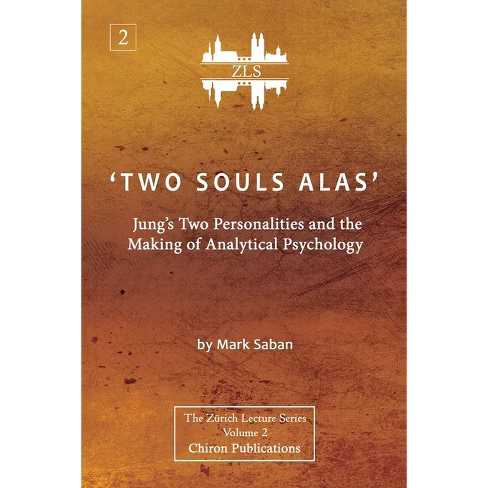Jung’s ‘Personal Myth’ and the Two Personalities
Excerpt-‘Two Souls Alas’ : Jung’s Two Personalities And The Making of Analytical Psychology-Mark Saban
When Jung came, at the end of his life, to write what he described as his “so-called autobiography,” Memories Dream Reflections (Jung,1989) (henceforth MDR), his intention was not merely to offer the reader a chronological itemisation of significant experiences and memories. He also wanted to throw some retrospective light upon the psychology he had created by offering the reader some fresh insights into those events of his life in which, as he put it, “the imperishable world irrupted into this one.” (Jung, 1989, p. 4) He knew perfectly well that he was thereby enabling his readers to deepen their understanding of the fundamental concepts that make up the psychology he created (to become known as Analytical Psychology) by providing them with a subjective account of the personal experiences that lay behind that psychology.
The reader of MDR discovered, for example, that the anima archetype was not merely an abstract idea or concept dreamt up by Jung but emerged instead from the specific event of Jung hearing the anima speak to him. She had the voice of a real woman known by Jung, and one day, out of the blue, she struck up a conversation with him (Jung, 1989, p.185). With this example, and many others, MDR revealed to the uninitiated public a dimension of Jung’s psychology that had until this point been available only to Jung’s inner circle. 1 It turned out that the 20 volumes of Jung’s Collected Works, and the psychological system they contain, had originally emerged from a core of personal and subjective experiences. 2 The particular aspect of that personal core that I want to look at in this chapter is Jung’s experience of having two personalities, an account of which dominates the first three chapters of MDR.




